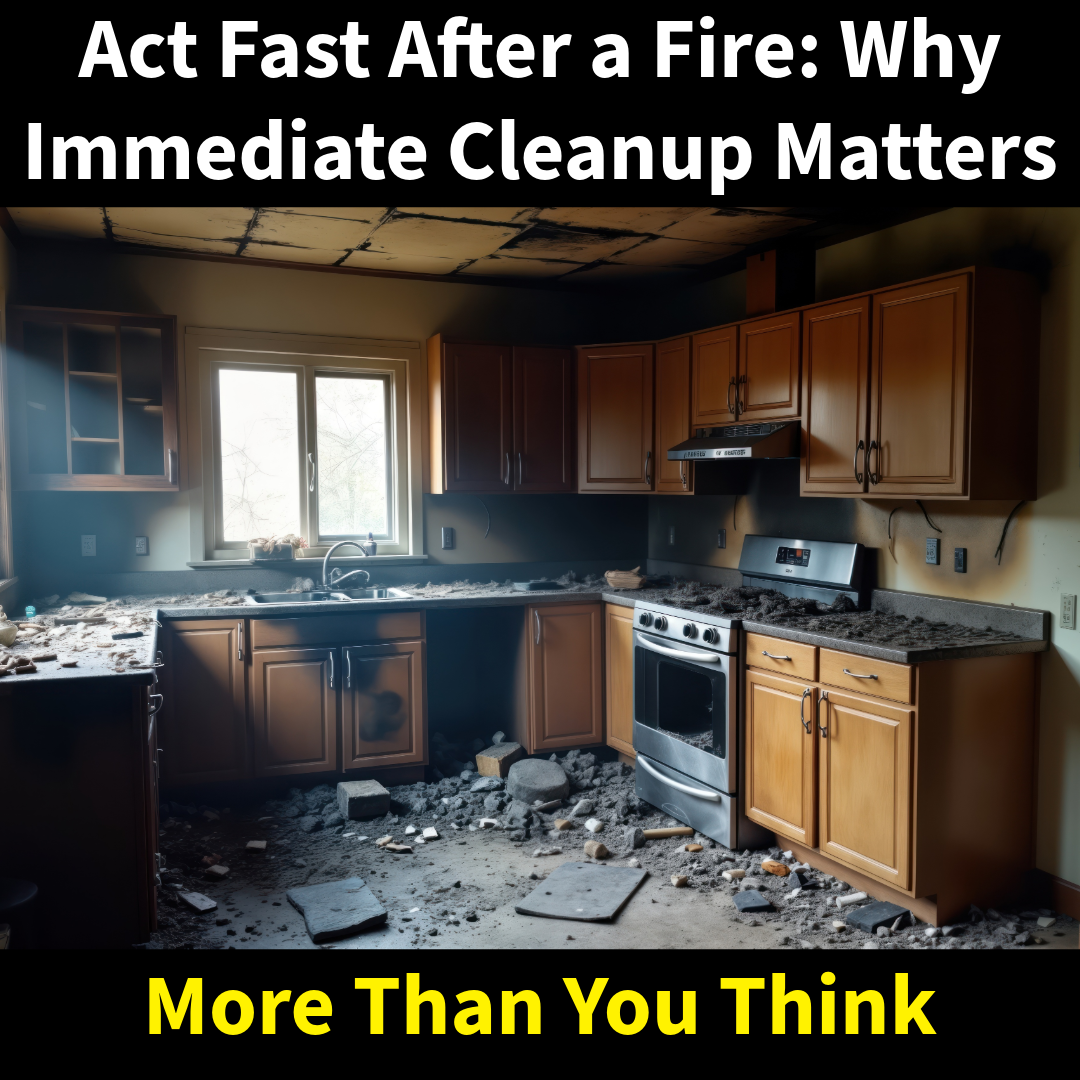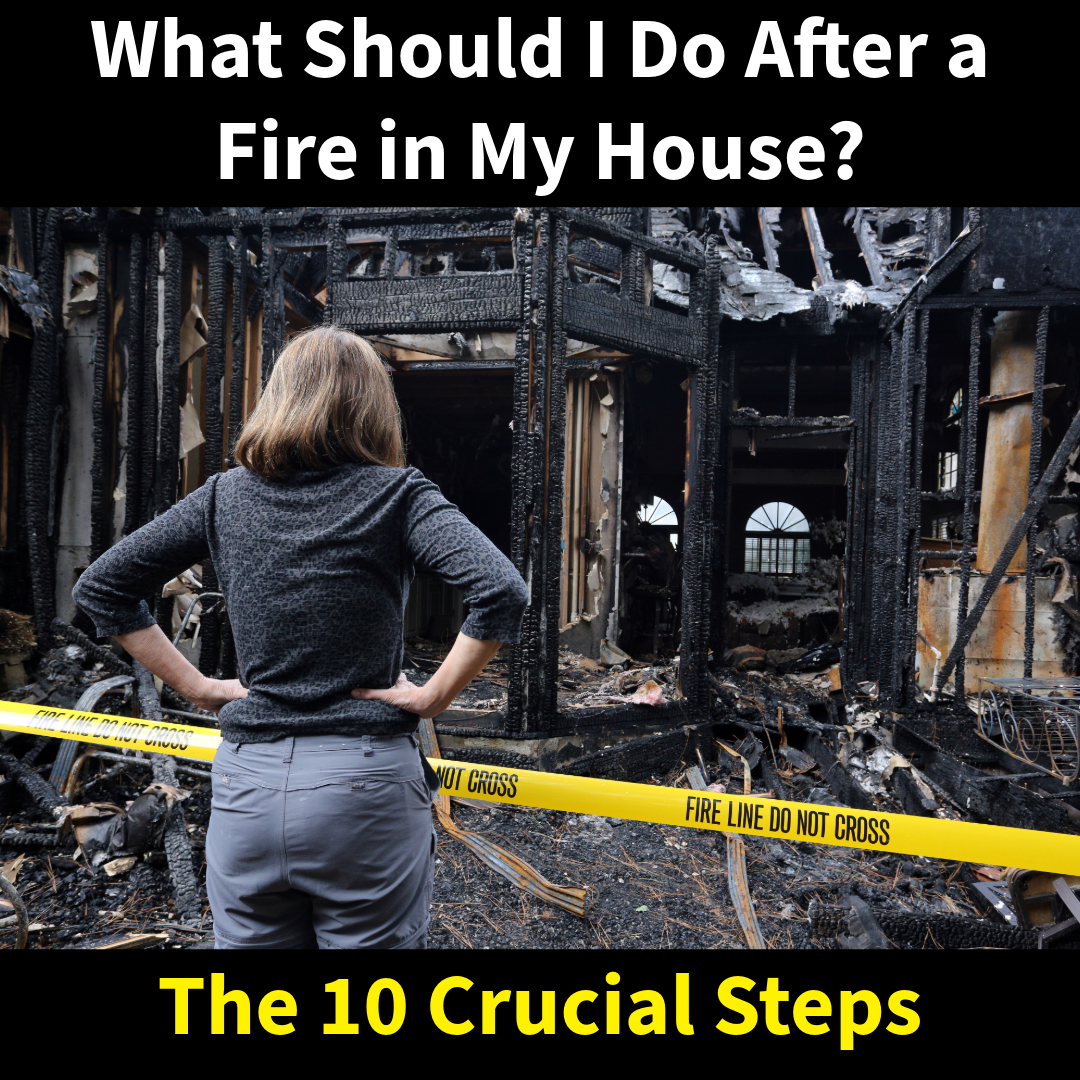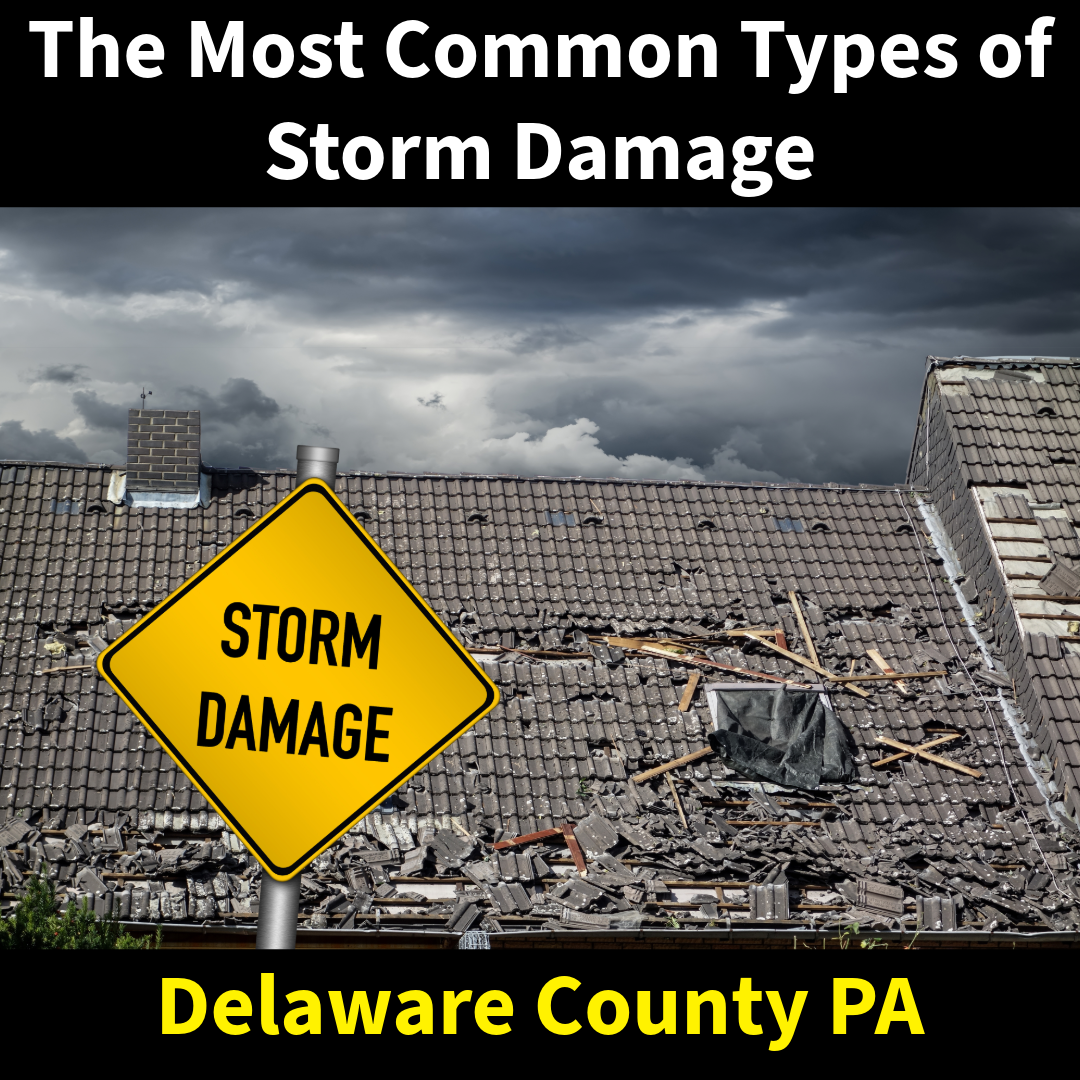Experiencing a fire in your home is a devastating event, but knowing the right steps to take afterward can make a significant difference in how quickly and effectively you recover. Here is a detailed guide to help you navigate the aftermath of a house fire, protect your family, and restore your property.
1. Ensure Safety First
The safety of you and your family is the top priority. Once the fire is out, make sure everyone is accounted for and safe. Do not re-enter your home until the fire department has deemed it safe to do so. There could be hidden dangers, such as structural damage, lingering smoke, or hot spots that could reignite.
2. Contact Your Insurance Company Immediately
Notify your insurance provider about the fire as soon as possible. They will guide you through the claims process and may provide a list of approved vendors for restoration work. Take detailed notes of all conversations and keep copies of any documentation they require.
3. Document the Damage
Take photos and videos of the fire damage before any cleanup begins. This documentation is essential for your insurance claim. Be thorough, capturing images of every room, including personal belongings, structural damage, and smoke or water damage.
4. Secure Your Property
If your home is uninhabitable, work with your insurance company or a fire damage restoration professional to secure the property. Boarding up windows, tarping the roof, and locking doors can prevent additional damage or theft.
5. Contact a Fire Damage Restoration Company
Professional fire damage restoration companies specialize in cleaning, repairing, and restoring homes affected by fire, smoke, and water damage. Experts like Mold Solutions & Inspections (MSI) act quickly to mitigate damage, remove soot, and restore your home to its pre-fire condition. Hiring professionals ensures the cleanup is done safely and thoroughly, avoiding long-term issues like smoke residue or mold growth.
6. Address Immediate Needs
If your home is unsafe to live in, arrange for temporary housing. Many insurance policies cover living expenses, such as hotel stays, meals, and transportation. Retain all receipts to submit for reimbursement.
7. Begin the Cleanup Process
Cleanup after a fire is not just about removing debris. It involves addressing fire, smoke, and water damage. Smoke residue can settle on surfaces and belongings, causing further damage if not treated promptly. Water from firefighting efforts can lead to mold growth, so immediate drying and dehumidifying are critical. Professional fire restoration companies have the tools and expertise to handle these challenges efficiently.
8. Salvage What You Can
While some items may be beyond repair, others can often be restored with proper cleaning. Professionals can help salvage valuables such as furniture, clothing, electronics, and important documents using specialized techniques.
9. Review Fire Safety Measures
Use this experience as an opportunity to reassess and improve your fire safety measures. Install or update smoke detectors, create an emergency evacuation plan, and consider investing in fire-resistant materials for future renovations.
10. Seek Emotional Support
Recovering from a fire is not just a physical process but an emotional one as well. Losing your home and possessions can be overwhelming. Don’t hesitate to seek support from friends, family, or professional counselors.
Why You Need a Trusted Fire Damage Restoration Partner
Dealing with fire damage is a complex process that requires expertise and precision. An IICRC certified restoration company like our team at MSI can help minimize stress and ensure your home is restored quickly and efficiently. With 24/7 availability, state-of-the-art equipment, and years of experience, MSI is here to help you every step of the way.
A house fire is a life-altering event, but with the right steps and support, you can recover and rebuild quickly. Focus on safety, work closely with your insurance provider, and enlist trusted professionals to handle the restoration process. By acting quickly and effectively, you can minimize damage and return to the comfort of your home sooner.
If you’ve experienced a fire and need assistance, contact Mold Solutions & Inspections today for expert fire damage restoration services.


